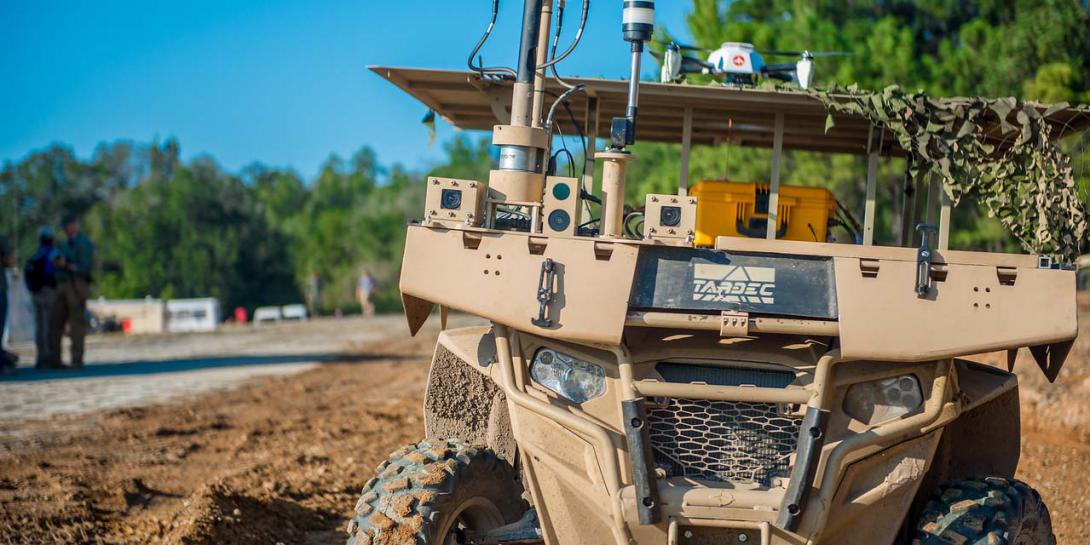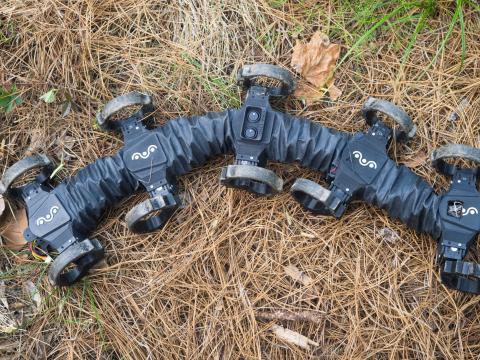Army Officials Tout Unmanned Combat Vehicles
Within five years, the Army would like to start testing remote combat vehicle (RCV) prototypes that are as light and as fast as a Stryker but provide the same level of firepower as an M-1 Abrams tank, according to a service press release.
While the holy grail is the Next Generation Combat Vehicle (NGCV), the Army thinks it can more quickly field a limited number of RCVs, and importantly, the results of that testing could help inform the requirements for the NGCV, which is slated for fielding in 2035.
Instead of a traditional program of record, the plan is to buy a limited quantity of RCVs or components that could be used for RCVs, and then let soldiers put them through their paces at the combat training centers and various test sites and proving grounds.
The resulting analysis would then be used to inform requirements for the RCV and later on for the NGCV. A capability development document for the RCV could be written as soon as 2022.
Unmanned vehicles could act as scouts for manned vehicles, navigating through the most dangerous sectors of the battlefield and engaging the enemy. At the lowest level of autonomy, a soldier might control a vehicle through a tethered radio link. At the highest level, a vehicle might be fully autonomous, requiring artificial intelligence and neural networking—something not yet achievable.
In addition, because they will be lighter than Abrams tanks, RCVs could be airlifted and will be faster on the battlefield. Unmanned systems also could have more space space for direct and indirect fires capability with a full suite of sensors and counter-unmanned aerial vehicle packages, or they could be teamed with unmanned aerial vehicles for over-the-horizon surveillance and reconnaissance and could include sensors for detecting chemical, biological and radiological threats.





Comments